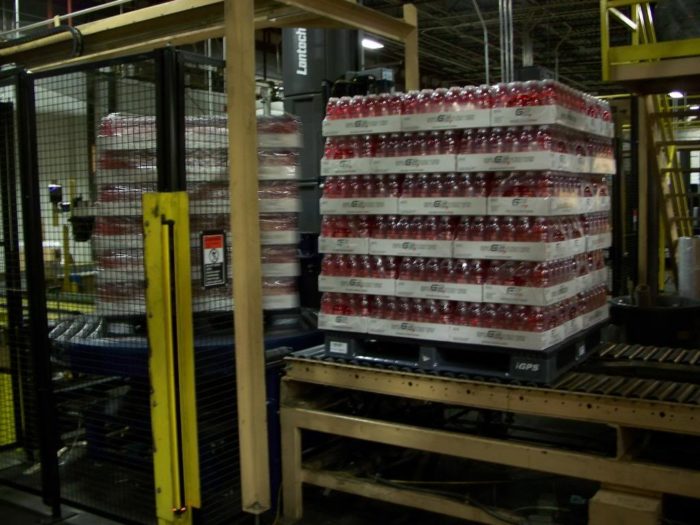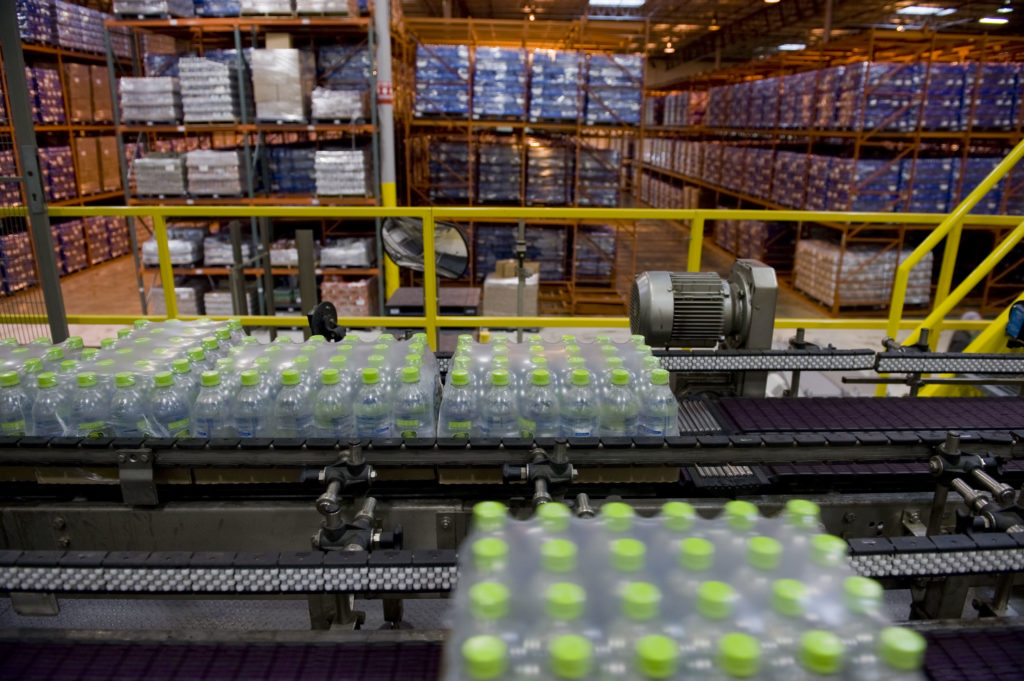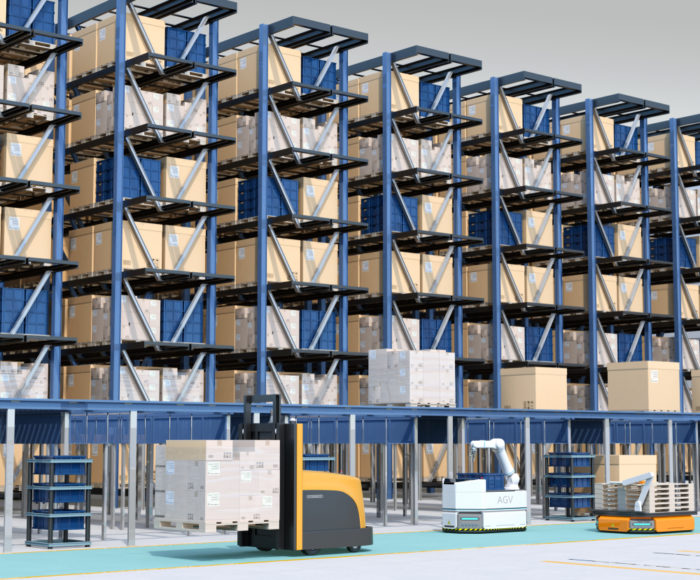If you’ve implemented automation in your warehouse or are considering doing so, you know that pinning down hard numbers for an expected return on investment (ROI) can be tricky. Considering only the cost of technology leaves out other, less obvious costs, like the need to adjust the warehouse floor layout or support ongoing maintenance. By anticipating how automation will change your warehouse workflow and layout, thoroughly training employees on new systems, and ensuring your processes and equipment support your automated systems, it’s possible to significantly enhance your warehouse automation ROI.
Common Oversights That Reduce Warehouse Automation ROI
Automation in the warehouse, when effectively implemented, can increase warehouse throughput, enhance accuracy, and reduce labor costs. However, the success of an automated system is often dependent on its rollout.
The standardization of warehouse tasks can speed training time and reduce errors.
Managers will want to proactively address changes to the manufacturing and fulfillment process, such as:
- Labor cost changes due to training and maintenance: While automation should reduce overall labor costs in the long term, these savings are unlikely to be immediate. Employees will require training on automated storage and retrieval technology (ASRS), Warehouse Management Systems (WMS), and other new procedures and equipment. The remaining employees will also be a more skilled labor force than the one that the systems replaced, so base wages may need to account for this change. The standardization of warehouse tasks can speed training time and reduce errors. Ensuring every task in the warehouse is broken down to a fixed set of steps can minimize variations which waste time and increase labor costs. Managers should start by auditing every warehouse activity to establish a baseline, review what areas can be improved, and then teach the new methods to workers.
- Layout updates to support an ASRS: Automated storage and retrieval systems have a smaller footprint than typical warehouse systems, so updating the layout will require placing equipment closer together. It’s essential to allocate the right amount of space to avoid issues later. Mapping the path that products will take prior to installing warehouse automation technology ensures that employees can move effectively and equipment works as designed. Mapping should be done with peak volume in mind, as it is far easier to slow production than it is to speed it up. A full blueprint should be in place before the installation of any new equipment so potential problems can be corrected.
- Changes to inventory and pallet tracking: In an automated warehouse, the ability to locate inventory on the warehouse floor or pinpoint exactly where it is between order and delivery is crucial in order to minimize errors and keep productivity high. With a warehouse management system (WMS) supported by RFID or barcode tracking, employees can minimize the hassle of tracking down pallets. Data management is a crucial component of any automated process as it shows that a system is working effectively.
Managers need to ensure that all of their equipment interfaces smoothly with automated machinery.
In 2016, more than ten percent of warehouses were using sophisticated automation and that number is rising as the benefits become more evident. Automation helps businesses stay competitive by reducing the cost of running a warehouse while allowing the same facilities to handle a higher volume. However, to properly support an automated system, managers need to ensure that all of their equipment interfaces smoothly with automated machinery. In many cases, this will mean switching from basic wood pallets to high-quality plastic ones.
The Role of Plastic Pallets in Warehouse Automation
 One issue that many managers run into after automating a warehouse is that while their technology is new, the pallets they use with it are not. Wood platforms present a number of challenges to automated systems that reduce their efficiency and cut into your ROI.
One issue that many managers run into after automating a warehouse is that while their technology is new, the pallets they use with it are not. Wood platforms present a number of challenges to automated systems that reduce their efficiency and cut into your ROI.
Cultivating a healthy warehouse automation ROI requires strategic planning as well as updates to equipment like pallets.
Durable plastic platforms provide an updated pallet option, which, when used in conjunction with ASRS or other automation, can:
- Minimize equipment wear: Wood pallets shed splinters and debris, which can jam or damage automated equipment, requiring repairs and machinery downtime. Resilient, high-quality plastic pallets, meanwhile, stay in one piece to reduce wear on automated equipment.
- Provide consistent weight and dimensions: Automated equipment relies on precision and careful calibration to work effectively. The weight and dimensions of wood pallets vary based on the type of wood used in each pallet, age, the manufacturer, and even the amount of moisture the wood is holding. The size and weight of a plastic pallet, on the other hand, stay uniform; a plastic pallet won’t warp or swell. And since plastic pallets are typically much lighter than wood pallets, they provide the additional benefit of minimizing wear on equipment.
- Simplify pallet tracking: While it’s possible to enable tracking of wood pallets by attaching an RFID tag to each pallet, it’s simply not practical due to the tendency of wood pallets to lose fragments of wood and even whole boards. Embedding sturdy plastic pallets with RFID tags ensures the tag will remain on the pallet throughout its trip.
Cultivating a healthy warehouse automation ROI requires strategic planning as well as updates to equipment like pallets that are used with the automation. Managers who take a thoughtful and holistic approach to warehouse automation will see a faster return on their investment, reap the benefits of higher efficiency, lower labor costs, and reduced employee errors, and be poised to gain a competitive edge in the years to come.
iGPS plastic pallets are designed to work with automated equipment and can help maximize your warehouse automation ROI. For more information on plastic pallets and our pooling program, contact us at 1-800-884-0225, email a specialist at switch@igps.net, or visit our contact page.




